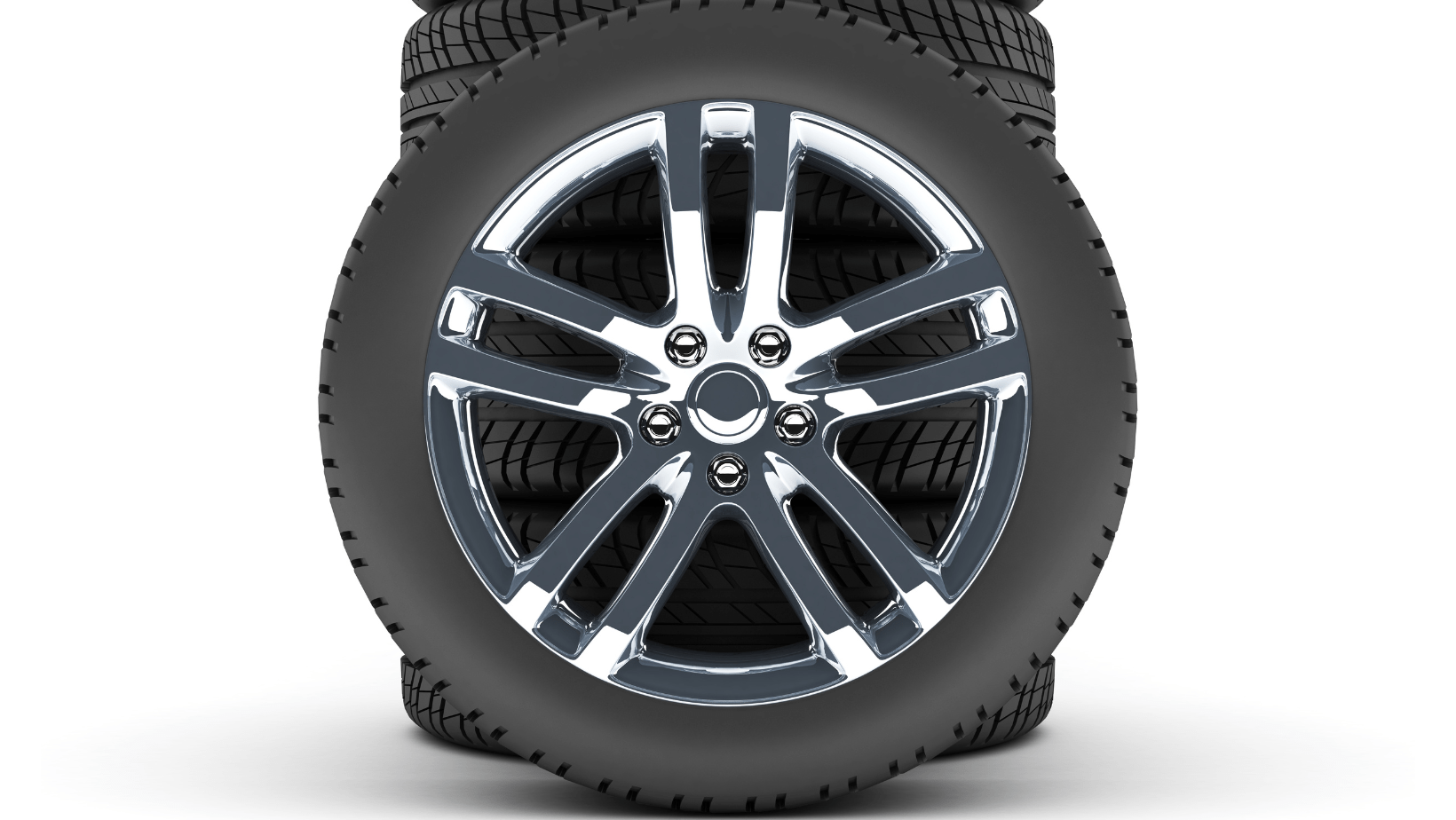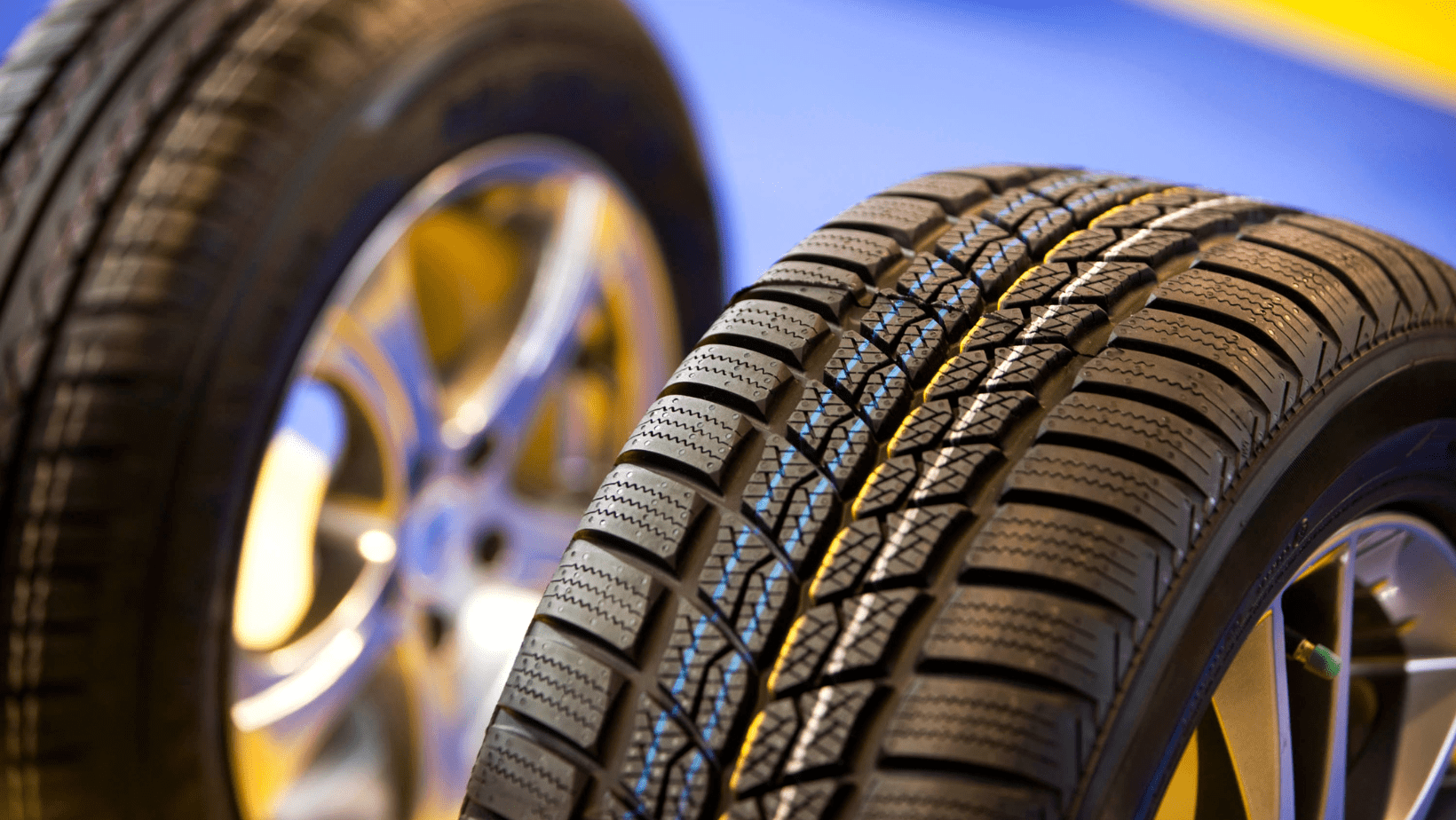Table of Contents
Understanding Load and Speed Ratings
Load and speed ratings are fundamental aspects of tire performance, influencing safety, durability, and overall vehicle handling. These ratings help determine the maximum weight a tire can support and the highest speed it can safely maintain. Choosing the right tires with the correct load and speed ratings ensures that your vehicle performs optimally under various conditions, reducing the risk of tire-related failures.
Key Takeaways
- Load Rating: Indicates the maximum weight each tire can support.
- Speed Rating: Reflects the highest speed a tire can safely operate at.
- Impact on Performance: Proper ratings ensure optimal vehicle handling and safety.
- Variations: Ratings differ based on tire type, vehicle class, and driving conditions.
- Maintenance Tips: Regular checks for tire pressure, tread wear, and load capacity are crucial for longevity and performance.

The Importance of Load and Speed Ratings
Load and speed ratings play a critical role in ensuring that your vehicle’s tires are well-suited for daily driving, performance applications, or heavy-duty use. These ratings help:
- Prevent overloading, which can cause premature tire wear and failure.
- Ensure safe high-speed performance, reducing the risk of blowouts.
- Maintain handling stability, keeping the vehicle responsive to steering and braking inputs.
Drivers should always select tires with ratings that meet or exceed the manufacturer’s recommendations for their vehicle.
Deciphering the Ratings
Understanding Load Ratings
A load rating defines the maximum weight a single tire can support when properly inflated. The load rating is represented by a number on the tire’s sidewall, often next to the tire size.
Key Aspects of Load Ratings
- Definition: Measured in pounds or kilograms, the load index corresponds to a numerical value that represents the maximum load per tire.
- Location: Found on the tire sidewall, usually next to the speed rating and size.
- Importance: Ensures that the tires can support the vehicle’s weight and any additional cargo, preventing overloading issues.
A higher load index means the tire can support more weight, making it ideal for larger vehicles such as SUVs, trucks, and commercial vehicles.

Understanding Speed Ratings
A speed rating is a letter that indicates the maximum speed a tire can sustain safely over time. This rating is crucial for maintaining stability, grip, and performance at high speeds.
Key Aspects of Speed Ratings
- Definition: Represents the maximum sustained speed a tire can handle.
- Location: Found on the tire sidewall, right next to the load rating.
- Importance: Ensures the tire can handle the speeds at which you typically drive, reducing the risk of overheating and blowouts.
Common Speed Ratings and Their Applications
| Speed Symbol | Max Speed (mph) | Ideal Use Case |
|---|---|---|
| T | 118 mph | Standard passenger vehicles |
| H | 130 mph | Sport sedans and coupes |
| V | 149 mph | High-performance vehicles |
| Z | 149+ mph | Sports cars and ultra-high-performance vehicles |
Higher-speed-rated tires are typically found on performance-oriented vehicles, while standard ratings are suitable for daily drivers and family vehicles.
Impact on Vehicle Performance
Handling and Stability
Tires with appropriate load and speed ratings help maintain optimal traction, braking, and cornering stability. Using tires with improper ratings can lead to poor handling, increased stopping distances, and unpredictable steering response.
Durability and Tread Life
Selecting the right load rating prevents excessive strain on the tire, leading to even tread wear and extended tire lifespan. Using an under-rated tire can result in faster wear, reduced performance, and potential sidewall damage.
Safety Considerations
A mismatch between a vehicle’s recommended speed rating and load rating can lead to safety risks, including tire overheating, blowouts, and loss of control. Ensuring proper ratings enhances stability at highway speeds and protects passengers from tire failure hazards.
Choosing the Right Tires
When selecting new tires, consider:
- Manufacturer Recommendations: Always choose tires with load and speed ratings that meet or exceed the automaker’s requirements.
- Driving Conditions: If frequently driving on highways, a higher speed-rated tire provides better stability and heat resistance. For carrying heavy loads, a higher load-rated tire is necessary.
- Vehicle Type: Performance cars require higher-speed-rated tires, while trucks and SUVs need tires with higher load ratings.
Maintenance and Safety Considerations
Regular inspection and maintenance of your tires ensure they continue to perform at their best. Important maintenance steps include:
- Checking Tire Pressure: Underinflated tires increase rolling resistance, reducing efficiency and safety.
- Monitoring Tread Wear: Uneven wear can indicate misalignment or overloading.
- Rotating Tires Regularly: Helps distribute wear evenly, extending tire life.
- Replacing Worn Tires: Old or damaged tires may not sustain their rated load and speed capacities.
Car Tire Load Symbols and Their Meanings
| Load Symbol | Load Index | Max Load per Tire (lbs) | Max Load per Tire (kg) |
|---|---|---|---|
| 71 | 761 lbs | 345 kg | |
| 72 | 783 lbs | 355 kg | |
| 75 | 853 lbs | 387 kg | |
| 78 | 937 lbs | 425 kg | |
| 80 | 992 lbs | 450 kg | |
| 85 | 1135 lbs | 515 kg | |
| 90 | 1323 lbs | 600 kg | |
| 95 | 1521 lbs | 690 kg |
These values vary based on tire manufacturer and model, so always refer to the specific tire documentation for accurate load ratings.
Final Thoughts on Load and Speed Ratings
Load and speed ratings are not just technical specifications; they directly impact vehicle safety, handling, and performance. Selecting the right tires based on these ratings helps ensure a smooth, efficient, and safe driving experience.
Key Benefits of Understanding Load and Speed Ratings
- Enhanced Safety: Prevents overloading and tire failure.
- Better Handling: Improves traction, braking, and cornering stability.
- Increased Durability: Ensures even wear, extending tire lifespan.
- Optimized Fuel Efficiency: Reduces rolling resistance, improving mileage.
- Compliance with Vehicle Requirements: Avoids mechanical stress and manufacturer warranty issues.
Before purchasing new tires, consult your vehicle’s owner manual or a tire professional to ensure that the load and speed ratings align with your driving needs. Understanding these ratings allows you to make informed choices, enhance vehicle longevity, and drive with confidence in all conditions.
Additional Resources
Check out the best performance car gear available on the market.
